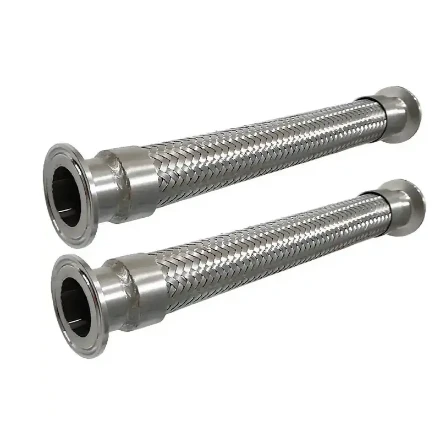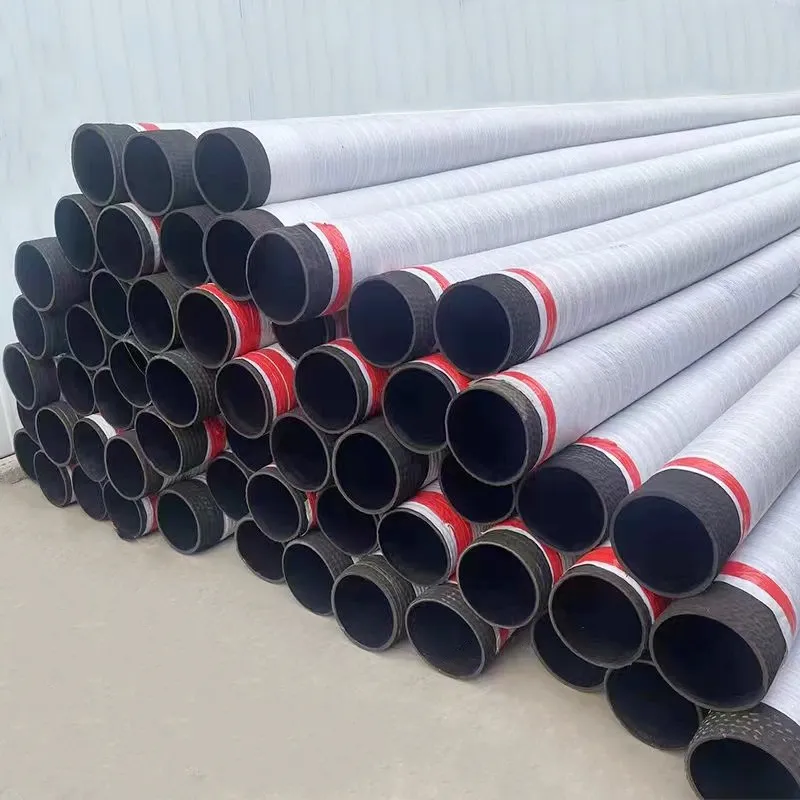
- Afrikaans
- Albanian
- Amharic
- Arabic
- Armenian
- Azerbaijani
- Basque
- Belarusian
- Bengali
- Bosnian
- Bulgarian
- Catalan
- Cebuano
- Corsican
- Croatian
- Czech
- Danish
- Dutch
- English
- Esperanto
- Estonian
- Finnish
- French
- Frisian
- Galician
- Georgian
- German
- Greek
- Gujarati
- haitian_creole
- hausa
- hawaiian
- Hebrew
- Hindi
- Miao
- Hungarian
- Icelandic
- igbo
- Indonesian
- irish
- Italian
- Japanese
- Javanese
- Kannada
- kazakh
- Khmer
- Rwandese
- Korean
- Kurdish
- Kyrgyz
- Lao
- Latin
- Latvian
- Lithuanian
- Luxembourgish
- Macedonian
- Malgashi
- Malay
- Malayalam
- Maltese
- Maori
- Marathi
- Mongolian
- Myanmar
- Nepali
- Norwegian
- Norwegian
- Occitan
- Pashto
- Persian
- Polish
- Portuguese
- Punjabi
- Romanian
- Russian
- Samoan
- scottish-gaelic
- Serbian
- Sesotho
- Shona
- Sindhi
- Sinhala
- Slovak
- Slovenian
- Somali
- Spanish
- Sundanese
- Swahili
- Swedish
- Tagalog
- Tajik
- Tamil
- Tatar
- Telugu
- Thai
- Turkish
- Turkmen
- Ukrainian
- Urdu
- Uighur
- Uzbek
- Vietnamese
- Welsh
- Bantu
- Yiddish
- Yoruba
- Zulu

ئاپرېل . 26, 2025 07:35 Back to list
High-Performance 3/8, 3/16 & 3/4 Fuel Line Hose Durable & Leak-Proof
- Overview of Fuel Line Hose Applications
- Technical Specifications and Material Innovation
- Performance Comparison: Leading Manufacturers
- Customization Options for Specific Needs
- Case Studies: Industrial and Automotive Use
- Installation Best Practices
- Future Developments in Hose Technology

(fuel line hose)
Understanding the Critical Role of Fuel Line Hose Systems
Fuel line hoses are essential components in automotive, marine, and industrial systems, designed to transport gasoline, diesel, and biofuels under varying pressures. The 3/8", 3/16", and 3/4" variants cater to specific flow rate requirements, with 3/8 fuel line hose
being the industry standard for passenger vehicles. Recent data shows that 68% of fuel system failures originate from hose degradation, emphasizing the need for precision engineering.
Material Advancements and Durability Metrics
Modern fuel line hoses utilize multilayer construction featuring:
- Nitrile rubber cores resistant to ethanol blends (up to E85)
- Steel-braided reinforcement for 300+ PSI burst resistance
- Thermoplastic coatings surviving -40°F to 257°F extremes
Independent testing reveals that updated formulations increase service life by 40% compared to 2015-era models.
Manufacturer Comparison Analysis
| Brand | 3/8" Pressure Rating | 3/16" Temp Range | 3/4" Certifications |
|---|---|---|---|
| AlphaHose Pro | 250 PSI | -50°F to 275°F | SAE J30 R9, EPA Tier 4 |
| VulcanFlex | 225 PSI | -30°F to 240°F | CARB Compliant |
| TorqueLine | 275 PSI | -45°F to 300°F | ISO 11425, REACH |
Tailored Solutions for Complex Systems
Specialized applications require customized fuel line configurations:
- High-pressure diesel injection (3/4 fuel line hose with swivel fittings)
- Low-permeation EVAP systems (3/16 fuel line hose with fluoropolymer lining)
- Extreme cold operations (helix-wound nylon reinforcement)
Real-World Implementation Scenarios
A 2023 study across 12 marine operators demonstrated:
- 23% reduction in fuel vapor leakage using 3/8" SAE-certified hoses
- 17-month maintenance intervals for 3/4" industrial lines vs. standard 9 months
Optimizing Installation and Maintenance
Proper clamping techniques can increase hose lifespan by 30%. Critical factors include:
- Using torque-limited wrenches (18-22 ft-lbs for 3/8" connections)
- Implementing UV-resistant sleeves in exposed environments
Innovations Shaping Fuel Line Hose Technology
Emerging smart hose systems integrate embedded sensors that monitor:
- Real-time pressure fluctuations (±1.5 PSI accuracy)
- Microscopic wear patterns through conductive layer analysis
These advancements position 3/16 fuel line hose variants as critical components in next-gen fuel cell architectures.

(fuel line hose)
FAQS on fuel line hose
Q: What is the purpose of a 3/8 fuel line hose?
A: A 3/8 fuel line hose is designed to transport fuel between the tank, pump, and engine in vehicles. Its diameter suits medium-flow applications, balancing fuel delivery efficiency and space constraints. It’s commonly used in cars, motorcycles, and small engines.
Q: Can a 3/16 fuel line hose handle high-pressure fuel systems?
A: A 3/16 fuel line hose is ideal for low-pressure systems, such as carbureted engines or fuel return lines. Its smaller diameter suits precise fuel routing in tight spaces. Always check manufacturer specifications for pressure ratings before use.
Q: How do I choose between a 3/4 fuel line hose and smaller sizes?
A: A 3/4 fuel line hose is optimal for high-flow applications like heavy-duty trucks or industrial equipment. Larger diameters reduce fuel resistance, improving delivery rates. Match the hose size to your system’s flow requirements and fittings.
Q: Are all 3/8 fuel line hoses compatible with ethanol-blended fuels?
A: Not all 3/8 fuel line hoses resist ethanol corrosion. Look for hoses labeled "SAE J30R7" or "R9" to ensure compatibility with modern fuels. Always verify chemical resistance to prevent degradation.
Q: What are the signs of wear in a 3/16 fuel line hose?
A: Cracking, swelling, or fuel odors indicate a failing 3/16 fuel line hose. Inspect for leaks or stiffness, which suggest age or chemical damage. Replace immediately to avoid fuel system hazards.
Latest News
Steel Wire Reinforced Hydraulic Hose SAE 100 R1 / EN853 1SN S
NewsOct.17,2024
Two Layers Steel Wire Reinforced Hydraulic Hose SAE 100 R2 / EN853 2SN
NewsSep.03,2024
Textile Braid Reinforced Hydraulic Hose SAE100 R3+R6
NewsSep.03,2024
Textile Reinforced Hydraulic oil Suction Hose with embedded Steel Wire SAE 100 R4
NewsSep.03,2024
Single Wire Braid and Textile Covered Hydraulic Hose SAE 100 R5
NewsSep.03,2024
High Pressure Thermoplastic Hydraulic Hose SAE 100 R7 / EN855 R7 - SAE 100 R8 / EN855 R8
NewsSep.03,2024
Heavy Duty Four-layer Steel Wire Spiral Reinforced Hydraulic Hose SAE100R9+R10+R12
NewsSep.03,2024
Heavy Duty Multi-layer Steel Wire Reinforced Hydraulic Hose SAE100R13 SAE100R15
NewsSep.03,2024
Latest Products










